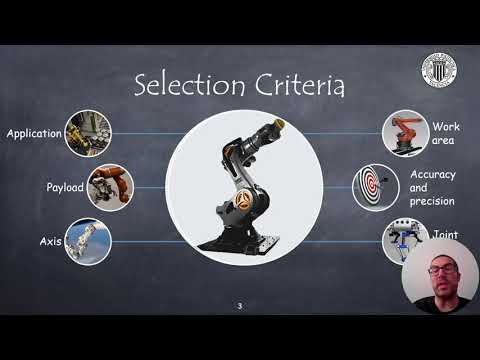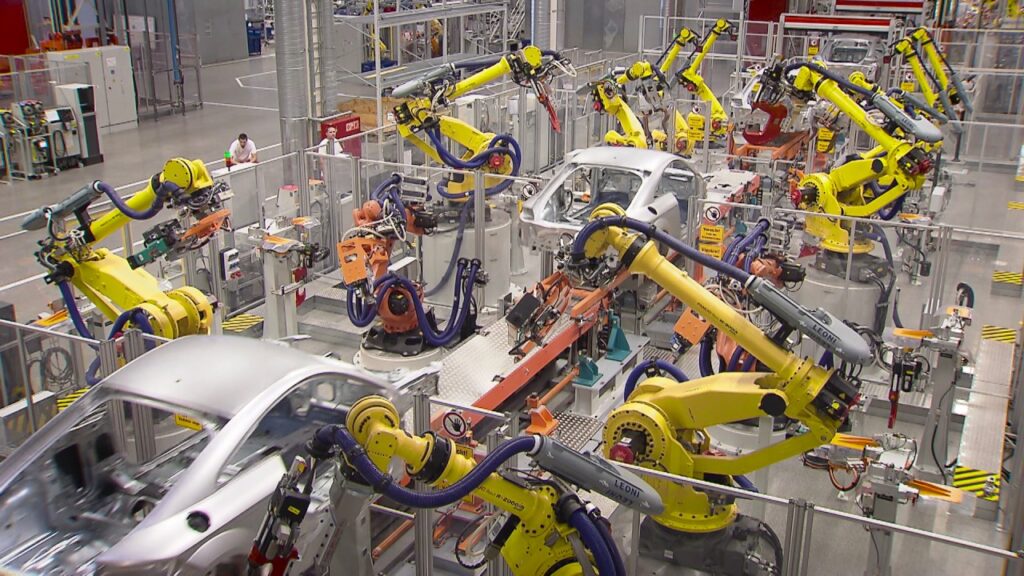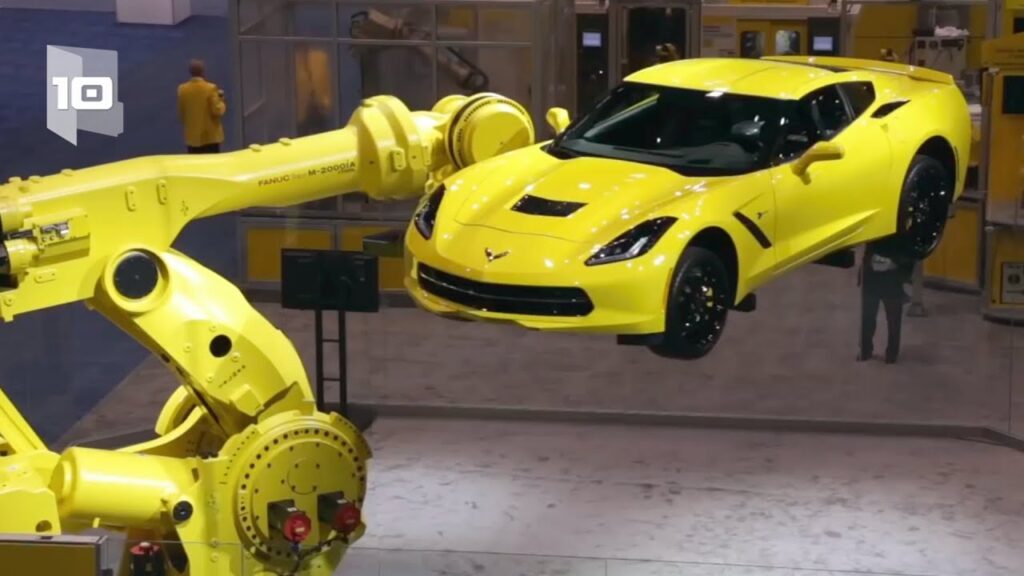Industrial robots have become an integral part of the manufacturing industry, revolutionizing the way tasks are executed in factories and increasing productivity. With the advancement in technology, there is a vast array of industrial robots available in the market. However, selecting the right industrial robot for your specific needs can be a daunting task. In this article, we will review the most important selection criteria for industrial robots to help you make an informed decision.
When considering the selection of industrial robots, there are several factors that need to be taken into account. These include the application, payload capacity, reach, repeatability, flexibility, and cost-effectiveness. Let’s delve deeper into each of these criteria.
Application:
The first and foremost step in selecting an industrial robot is understanding the specific application it will be used for. Industrial robots are designed for various tasks, such as welding, material handling, painting, and assembly. It is crucial to choose a robot that is specifically built for the intended application to ensure optimal performance and efficiency.
Payload Capacity:
The payload capacity refers to the maximum weight the robot can handle. It is essential to determine the weight of the objects the robot will be handling and choose a robot with an adequate payload capacity. Selecting a robot with insufficient payload capacity can result in decreased productivity and potential damage to the robot and the objects being handled.
Reach:
The reach of an industrial robot is another critical factor to consider. It refers to the distance the robot can reach from its base to perform tasks effectively. It is important to select a robot with a reach that matches the requirements of the application. Choosing a robot with a shorter reach may limit its ability to access certain areas, while a robot with excessive reach may be unnecessarily bulky and costly.
Repeatability:
Repeatability is a measure of the robot’s ability to precisely repeat a task consistently. It plays a crucial role in applications that require high accuracy, such as assembly or quality control processes. Higher repeatability ensures consistent quality and reduces the need for manual intervention or rework.
Flexibility:
Flexibility refers to the robot’s ability to adapt to different tasks or changing production requirements. Choosing a flexible robot allows for easy integration into existing processes and enables future expansion or modification without significant changes to the overall system. Flexibility is particularly important in industries where product lines frequently change or where multiple tasks need to be performed by a single robot.
Cost-effectiveness:
While investing in an industrial robot can significantly improve productivity and efficiency, it is essential to consider the overall cost-effectiveness of the solution. Factors such as initial capital investment, maintenance costs, energy consumption, and potential return on investment should be evaluated. It is advisable to conduct a cost-benefit analysis to assess the long-term financial implications of the selected robot.
In conclusion, selecting the right industrial robot involves careful consideration of various criteria. Understanding the application, payload capacity, reach, repeatability, flexibility, and cost-effectiveness are crucial steps in the decision-making process. By choosing the right robot for your specific needs, you can enhance productivity, improve product quality, and stay competitive in today’s manufacturing landscape.
Reference:
[Types of Industrial Robots and Selection Criteria for Industrial Robots | Robotic Systems (OLD)](https://www.youtube.com/watch?v=xxxxxxxx)
Industrial Robot
“Exploring Selection Criteria and Types of Industrial Robots: A Comprehensive Overview of Robotic Systems”


